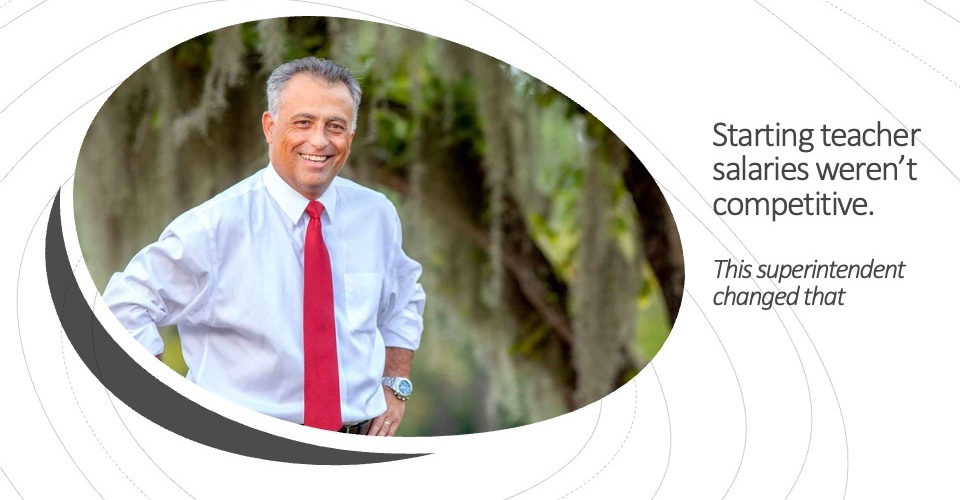High-dosage tutoring is helping students catch up academically after the disruptions of the last several years. Now, a new analysis offers guidance on how high-quality tutoring can best augment everyday classroom instruction.
High-dosage tutoring has proven effective K through 12—it can help elementary school students build foundational skills and boost high schoolers toward graduation, NWEA, the assessment nonprofit, says in its latest research brief.
Starting outside the classroom, administrators have to eliminate barriers that block students’ access to tutoring. NWEA advises pairing the programs with holistic services such as transportation, childcare and healthcare.
More from DA: How one fearless superintendent is elevating education outside her district
When it comes to instruction, high-dosage tutoring is most productive when students can build progressively on discrete and targeted grade-level skills.
Here are some more ways NWEA says district leaders can differentiate tutoring:
- Instruction must be tailored to each student’s needs.
- High-dosage tutoring should be more structured, paced and direct. “Scripted activities can help students grow familiar with the curriculum and work at a fast pace without needing repeated directions,” the report advises.
- Tutors need time to give students immediate feedback.
- Interventions are most effective when mentoring reinforces instruction.
“Mentoring relationships that are sustained over time and focused on clearly defined academic and social-emotional goals can provide access to frequent social reinforcement and feedback and improve student confidence and engagement in learning,” the report advises.
High-dosage tutoring essentials
Administrators can also adopt several standard classroom techniques to enhance their tutoring programs. NWEA recommends using a variety of summative and formative assessments to determine which children need assistance and to measure whether students receiving tutoring are making progress. Districts should also track non-test data such as attendance and behavior.
It may sound counter-intuitive, but districts can also balance costs by hiring “less skilled” tutors, NWEA notes. “Because the small-group environment of tutoring is less complex than a regular classroom, districts can hire tutors across a range of experience and qualifications—e.g., certified educators vs. volunteers or college students—without sacrificing gains in student achievement.”
Still, district leaders must provide tutors with scripted instructional materials, training, ongoing supervision and feedback to ensure students are getting the instruction they need. However, the impact of high-dosage tutoring at scale remains unclear.
“District leaders can expect wide variation,” NWEA concludes. “Reviews of early-reading interventions show larger effect sizes for phonics and fluency-related outcomes, smaller effect sizes for reading comprehension, and larger effect sizes in earlier vs. later grade levels.”









